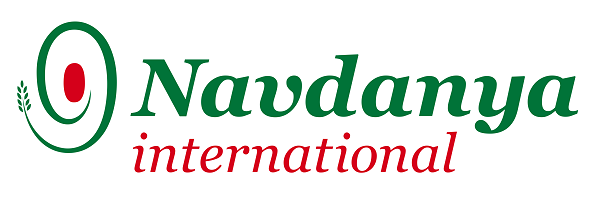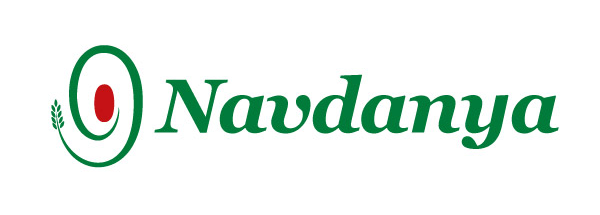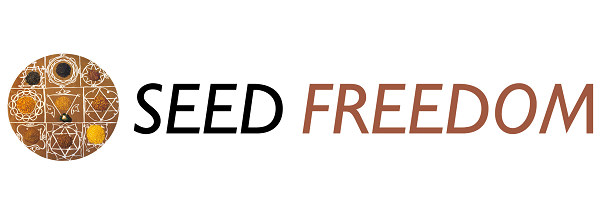By Dr Vandana Shiva – The Asian Age, 20 April 2017
Within one and a half centuries, the East India Company had started to rule India through violence.
I am on a Satyagraha Yatra for India’s freedom, inspired by the 1857 uprising in Meerut, and Gandhi’s Champaran Satyagraha in 1917. On April 13, we visited the martyrs’ memorial in Meerut and I honoured the descendants of those who were brutally killed in 1857. As the records show, both Muslims and Hindus gave their lives to liberate India from the rule of the East India Company.
The wealth of India was the reason for her conquest and colonisation. The British Empire was established through a letter patent issued by Queen Elizabeth on December 31, 1600, which created the East India Company.
The charter granted by Queen Elizabeth to 216 “nobles and merchants and traders” to create the East India Company made a leap from powers granted by monarchs to individual merchant adventures and colonisers to takeover the prosperous economies and rich cultures of others, to groups of merchants joining together to form a corporation. Trade in spices and textiles were already flourishing from India. The East India Company did not begin international trade, nor did it inspire any new production linked to trade, except the illegal trade of opium that was a vertically integrated operation.
With the letters patent of Queen Elizabeth, the Company monopolised and hijacked trade, destroying indigenous economies. With the East India Company began the contemporary history of corporate rule — Company Raj — through the construction of the corporate form, structure and independent legal personality of a corporation.
As British historian and author Alex von Tunzelmann writes in Indian Summer: “In the beginning, there were two nations. One vast, mighty and magnificent empire, brilliantly organised and culturally unified, which dominated a massive swath of the Earth. The other was an underdeveloped, semi-feudal realm, riven by religious factionalism and barely able to feed its illiterate, diseased and stinking masses. The first nation was India. The second was England.”
Within one and a half centuries, the East India Company had started to rule India through violence. Its charter granted the corporation to wage war for its aims — in the name of trade, conquer other countries.
In 1757, Robert Clive used Mir Jafar to betray the Nawab of Bengal, Siraj-ud-Daula. This is how the Battle of Plassey was won, by someone “selling out”, and the East India Company became the “ruler”, first of Bengal, then of India, simply by “buying in”. For £2.5 million, the entire Bengal territory was transferred to the East India Company in England.
In the same year, the Company replaced the revenue officials of the Mughal emperor in Bengal, Bihar and Orissa with “Company men”. The East India Company was now a rent collector, and wealth extraction through taxes became the biggest source of wealth drain from India to England. The first corporation introduced corporate rule to the world beginning with India — rule by, of and for the corporation. Trade mutating into corporate rule is still the pattern today.
More than £18 million were extracted annually from India by the EIC. The British appropriated the land of the cultivators, created a class of zamindars to collect revenues and rents from land that did not belong to the British, or the zamindars.
The Company introduced taxes on land and on people’s homes, leading to the 1810 Banaras house tax “satyagraha”. The taxes in agriculture were 50 per cent of income, forcing two-thirds of peasants to flee the regions controlled by the British. Those who failed to pay taxes, or were unable to flee, were tortured. According to Durant, they “were confined in cages, and exposed to the burning sun; fathers sold their children to meet the rising taxes”. The land was confiscated if peasants failed to pay 50 per cent of the value of what they had produced on their land, with their labour. The “landless” peasant was a creation of the East India Company, as was “foodlessness” and famines, as is “cashlessness” for the corporate rule of the one per cent today. Land gets its value, like food, from the people who don’t have any. Traders have the ability to force people into situations, by legal or illegal means, where everything they have is devalued and everything they don’t have is made a necessity.
Wars, slavery, exploitation, genocide were intrinsic to colonialism. Slavery was intrinsic to colonisation. Between 1519-1939, 5.3 million people were uprooted, 58 per cent being slaves from Africa, 36 per cent indentured labour. It is the cotton produced by slaves that created the wealth that expanded the British Empire and later led to industrialisation of the cotton industry, and industry in general, in England. As Sven Beckert writes in Empire of Cotton: “Slavery, the expropriation of indigenous peoples, imperial expansion, armed trade, the assertion of sovereignty over people and land by entrepreneurs were at its core. I call this system war capitalism. It preceded the ‘industrial revolution’. It flourished, not in the factory but in the field, not mechanised but land and labour intensive, resting on the violent expropriation of land and labour in Africa and the Americas.”
The East India Company had its own sanctioned private army. In 1803, it marched to Delhi. In 1857, the sepoys of the corporate army rose in revolt and India’s first movement for independence ended the corporate rule of the East India Company. The British Crown took over the empire and, in 1874, supposedly, dissolved the company. But the exploitation did not stop.
The East India Company ruled over 200 million people, controlled millions of acres to collect rents. Let us be absolutely clear, the corporations of today are part of one single conglomerate of a machine, mirroring the skeleton of the East India Company. The Company remained, while the Crown has exited.
By 1947, India became independent, but not before the British divided the country by igniting religious conflict. Hunger also spread as land was diverted from food to raw material, like cotton and indigo for the British. The compulsory planting of indigo was the reason for the Indigo Satyagraha in Champaran. Peasants of Bihar started to say: “We would rather die than grow indigo”. In 1915, Gandhi had returned from South Africa. Soon after, he was asked by the freedom movement to work with the peasants of Bihar to fight indigo slavery. By 1917, the Champaran Satyagraha had succeeded in liberating the indigo farmers.
We have returned to Champaran to draw inspiration and strength from our freedom fighters. The condition of our peasantry today is worse than it was in 1917. More than 310,000 farmers have committed suicide in the last two decades. Every second child is malnourished. Every fourth Indian is hungry. India is emerging as the epicentre of chronic diseases as our biodiverse healthy foods are replaced with poisoned junk food and fake foods.
We are undertaking the satyagraha yatra for a debt-free, suicide-free, hunger and disease-free India This is our pledge for Jaivik Bharat 2047.
During #SatyagrahaYatra thru six states saw again -Diversity is the Hindustan Way -diversity of climate, biodiversity ,food,faith,language
— Dr. Vandana Shiva (@drvandanashiva) April 24, 2017
With Pradeep Maharathy to launch #JaivikOdisha & book on Biodiversity & agroecology to double farm incomes while protecting nature & health
— Dr. Vandana Shiva (@drvandanashiva) April 23, 2017
ଜୈବସାର ଦ୍ୱାରା ଚାଷ ହେଲେ ଅଧିକ ଅମଳ ହୋଇପାରିବ : ପରିବେଶବିତ୍ ବନ୍ଦନା ଶିବା – https://t.co/sN9vBlJjP9 pic.twitter.com/C1v0GaG70B
— Kanak News (@kanak_news) April 23, 2017
Launch of our book "Biodiversity, agro-ecology and Indigenous knowledge in Odisha" and at #JaivikOdisha event. pic.twitter.com/YNZVgdhSmJ
— Navdanya (@NavdanyaBija) April 23, 2017
Main Campaign page








